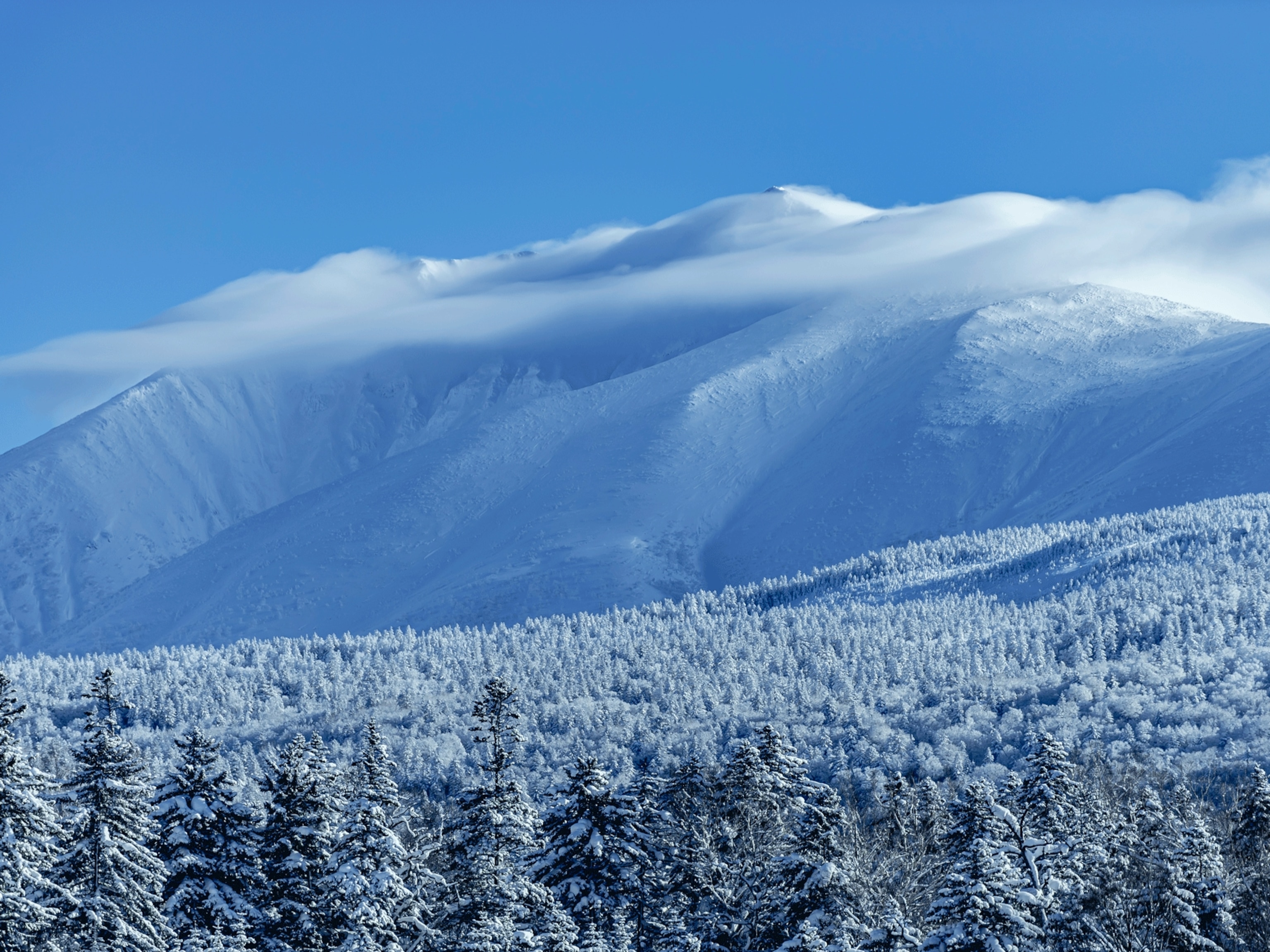







See Japan’s Beautiful Festival of the Dead
Families across Japan return home once a year to honor their deceased ancestors.
Every summer, the sleepy fishing village of Himeshima welcomes the dead home.
Observed throughout Japan, the annual Obon festival marks the return of deceased ancestors to Earth. Beliefs about the bonds between the living and dead are rooted in antiquity, but most scholars agree the celebration is based on the Buddhist sutra Urabon-kyō.
According to the scripture, one of Buddha’s disciples found his mother dwelling in the Realm of Hungry Ghosts, where spirits suffer insatiable hunger and thirst in the afterlife. When he went to her with a bowl of rice, it turned to flame. The Buddha instructed him to set out food and drink for his deceased parents, and to present the monks with offerings on the 15th day of the seventh moon—this expression of gratitude and respect, he said, would free them from their infernal torments.

True to the sutra, families throughout Japan return to their natal homes from August 13 to 15 (July in some regions) to perform a series of rituals and celebrations—both to honor the dead, and liberate disquiet spirits, like hungry ghosts, from their suffering.
The three-day celebration traditionally begins with mukaebi, the lighting of fires and lanterns to guide spirits home. While local celebrations vary from region to region, most families erect two shōryō-dana, altars of fruit, incense, and flowers—one for their own ancestors, and a second for any spirits who have not attained peace. Other common rituals include ohakamairi, cleaning and decorating ancestral tombs, prayer services at temples, and preparing special meals.




Bon Odori, a region-specific, community folk dance, is a hallmark of the festival. The movements are simple so everyone can participate regardless of skill. Dancers, costumed and painted as popular folklore characters, form a circle around an elevated stage where musicians and taiko drummers perform. The final night of Obon comes full circle with okuribi, the lighting of bonfires and floating lanterns to bid the spirits farewell.
The earliest records of Obon appear during the Asuka period, but it was likely popularized in the 12th century with the growth of Buddhism. Today, Obon is observed by Japanese communities around the world.

Emilio Espejel is a Mexican photojournalist based in Mexico City. Follow him on Instagram @emilio_espejel.
Related Topics
You May Also Like
Go Further
Animals
- Octopuses have a lot of secrets. Can you guess 8 of them?
- Animals
- Feature
Octopuses have a lot of secrets. Can you guess 8 of them? - This biologist and her rescue dog help protect bears in the AndesThis biologist and her rescue dog help protect bears in the Andes
- An octopus invited this writer into her tank—and her secret worldAn octopus invited this writer into her tank—and her secret world
- Peace-loving bonobos are more aggressive than we thoughtPeace-loving bonobos are more aggressive than we thought
Environment
- Listen to 30 years of climate change transformed into haunting musicListen to 30 years of climate change transformed into haunting music
- This ancient society tried to stop El Niño—with child sacrificeThis ancient society tried to stop El Niño—with child sacrifice
- U.S. plans to clean its drinking water. What does that mean?U.S. plans to clean its drinking water. What does that mean?
- Food systems: supporting the triangle of food security, Video Story
- Paid Content
Food systems: supporting the triangle of food security - Will we ever solve the mystery of the Mima mounds?Will we ever solve the mystery of the Mima mounds?
History & Culture
- Strange clues in a Maya temple reveal a fiery political dramaStrange clues in a Maya temple reveal a fiery political drama
- How technology is revealing secrets in these ancient scrollsHow technology is revealing secrets in these ancient scrolls
- Pilgrimages aren’t just spiritual anymore. They’re a workout.Pilgrimages aren’t just spiritual anymore. They’re a workout.
- This ancient society tried to stop El Niño—with child sacrificeThis ancient society tried to stop El Niño—with child sacrifice
- This ancient cure was just revived in a lab. Does it work?This ancient cure was just revived in a lab. Does it work?
Science
- The unexpected health benefits of Ozempic and MounjaroThe unexpected health benefits of Ozempic and Mounjaro
- Do you have an inner monologue? Here’s what it reveals about you.Do you have an inner monologue? Here’s what it reveals about you.
- Jupiter’s volcanic moon Io has been erupting for billions of yearsJupiter’s volcanic moon Io has been erupting for billions of years
- This 80-foot-long sea monster was the killer whale of its timeThis 80-foot-long sea monster was the killer whale of its time
Travel
- How to plan an epic summer trip to a national parkHow to plan an epic summer trip to a national park
- This town is the Alps' first European Capital of CultureThis town is the Alps' first European Capital of Culture
- This royal city lies in the shadow of Kuala LumpurThis royal city lies in the shadow of Kuala Lumpur
- This author tells the story of crypto-trading Mongolian nomadsThis author tells the story of crypto-trading Mongolian nomads




